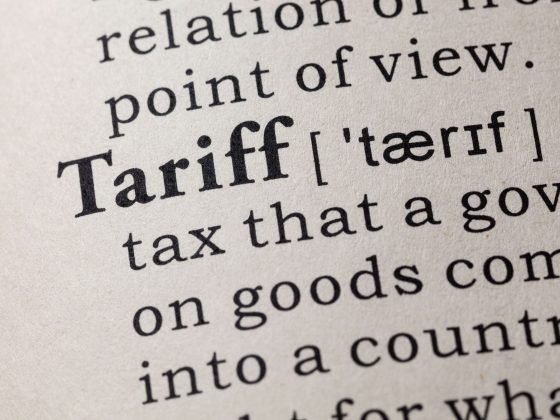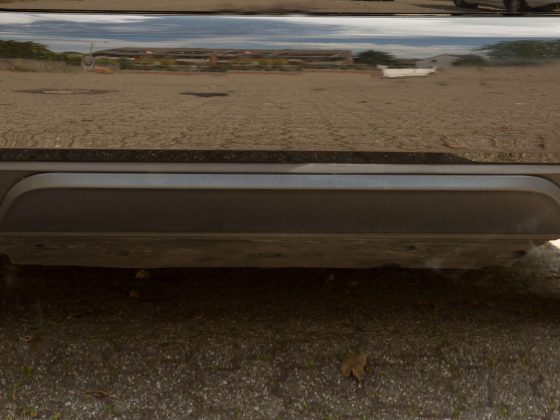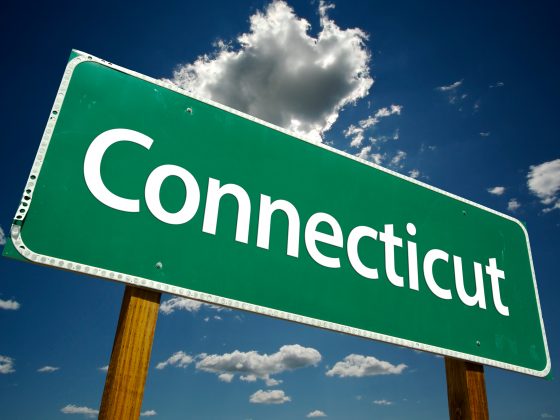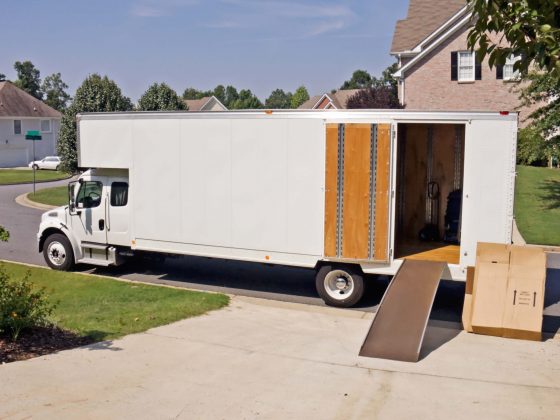Back in the day people used to rely on paper maps and circular compasses to get to their destination. There were no smart devices to make things easier and many others would even rely on their guts.
Use eTags© to Quickly Complete Your DMV Service. Renewals, Title Transfers and More, All Online!
You may think people had a hard time trying to find alternative routes and road updates in the past, but many of them were able to perform just fine.
Nowadays everyone relies on technology and the thought of getting lost without any guiding device while on the road could be excruciating.
Rather than discussing our dependence on technology, let us show you ways for you to avoid getting lost while driving, especially when you don’t have a GPS, nor smart devices with you.
Here are 7 tips on how to avoid getting lost while driving without having to rely on technology.
Look for landmarks around you
The easiest way to orient yourself is to look for key landmarks around you, mostly those ones that are big in size and popularity.
Those landmarks could be skyscrapers, mountains, water towers, factories, or anything else that can help you find your way faster.
You will be able to determine where you started, where you stopped, and what you need to do from that point forward.
Keep your eyes open
If you are struggling with getting to your destination, slow down and take some time paying attention to your surroundings.
Check for the address numbers on the road: Are they increasing or decreasing? Can you spot any specific sign, billboard, or street name that can help you get oriented?
Every little detail matters and the more you pay to your surroundings, the better!
Determine direction using the sun
In the past, drivers used compasses to determine whether they were driving in the right direction. Today, many cars come with a digital compass which makes driving easier, but what if you haven’t got one?
You could start by checking where shadows are, or looking up to find the position of the sun. Are you going north, south, west, or east?
Sometimes following a traditional method makes your life way less complicated.
Pay attention to the traffic

You could also learn more about the route you are driving through by checking how dense the traffic is.
The more traffic is on the road, the easier for you to tell that you are driving on a route that takes to or from an important destination.
If you follow these roads, chances are you will get closer to your destination or find a place where they can give you more guidance and directions.
Maps and printed directions are useful
When it comes to planning your trip, being proactive matters to avoid getting lost or even confused about driving in some areas.
By using a paper map or printed directions, you’ll get access to a conventional step-by-step route plan which is helpful if you are driving to places you’ve never been to.
It’s great to have a physical source of guidance as you can track every progress you make during your trip and find your way if you need to ask other people for more specific directions.
Ask questions if you need help
You shouldn’t be worried about asking people for help. Things get much easier if you talk to someone about your trip.
If you don’t have a phone nor a GPS, then stop in a safe spot and ask people for directions to avoid driving in circles unnecessarily.
Another great option is to pick up a map from a tourist destination which, in most cases, has accurate and specific information about a particular area.
Get back on track
If you are driving in an area that you are not familiar with, try not to make a decision that we’ll make you deviate from your route.
In practice, many people accidentally make the wrong turn or take the wrong exit which disrupts their trip.
Whether that’s your case, stop going any further and turn around so you can get back on track.
By driving back, you’ll have more chances to spot landmarks or signs that can help you find your way back on the route you wanted to be.
SEE ALSO: Driving A Sports Car Makes You Happier In Life, Says Study








